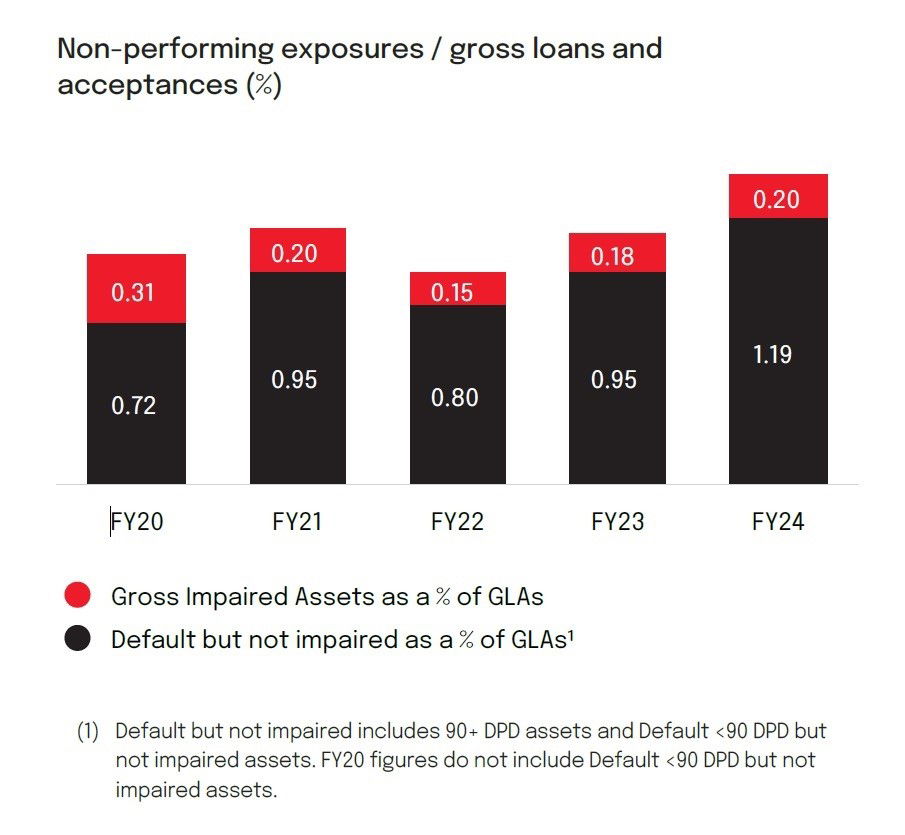Good morning! It’s going to be a very interesting day on markets, and I’ll be here to guide you through it.
There was rampant optimism on Wall Street, which hit new record highs after Donald Trump was declared the winner of the US Presidential election.
Mr Trump has promised to cut the US corporate tax rate to 15%(down from its current level of 21%), which would provide a significant boost to company profits.
It appears likely those tax cuts will be implemented, given the Republicans have already won a majority of seats in the US Senate, and are potentially on track to control the House of Representatives (which would deliver a “red sweep”).
By 3:30pm (local time), the Dow Jones index had surged 3.5% (or 1,472 points) to 43,705 points.
The last time the Dow jumped more than 1,000 points in one day was back in November 2022.
The S&P 500 also hit a new record, gaining 2.4% to 2,597 points.
The Nasdaq Composite rose 2.9% to 18,979 points, also its highest level ever.
Shares of Tesla leapt 13.6% as investors bet on the electric car maker benefiting from its billionaire CEO Elon Musk’s close ties with Mr Trump.
The US President-elect has said he would create a government efficiency commission, headed by Mr Musk, to cut federal spending.
Meanwhile, shares of Trump’s social media company Trump Media & Technology Group gained 3.6% to $US35.10 (after surging as much as 42% overnight).
The stock has halved in value since hitting a record high in March.





